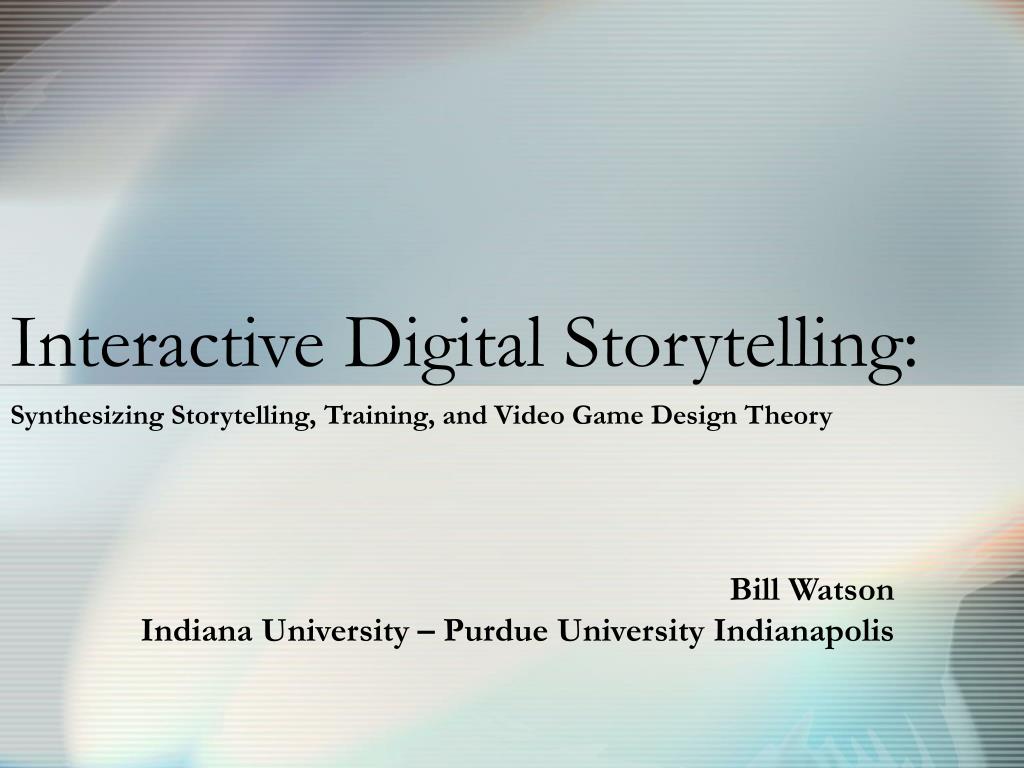
In a world flooded with information and distractions, there is a timeless art that captivates our essence and connects our souls – storytelling. It is the enchanting power that transcends boundaries, cultures, and generations, weaving intricate narratives that have the ability to touch, inspire, and transform. Through the magic of words, storytelling has the potential to transport us to fantastical realms, evoke deep emotions, and ignite imagination. It is a symphony of thoughts and emotions, where the weaver of words dances with the cosmos, leaving an indelible mark on the fabric of humanity.
At its core, storytelling is much more than simply recounting tales; it is a realm of profound expression, where the artistry of language intertwines with the raw essence of human experience. Rooted in the depths of our history, storytelling has been an intrinsic part of every culture, passing on traditions, wisdom, and beliefs from one generation to the next. It is through stories that we learn, grow, and make sense of the world, finding solace in narratives that reflect our own struggles, aspirations, and victories. Storytelling speaks to our shared humanity, reminding us of the interconnectedness that binds us together in this infinite tapestry of life.
The Importance of Emotion
Storytelling is deeply connected to the human experience, and one of its most powerful aspects is its ability to evoke and harness emotion. Emotion is the key that unlocks the hearts and minds of the audience, allowing them to connect deeply with the story being told.
When we listen to a captivating story, our emotions come alive. We feel happiness, sadness, fear, anger, and everything in between. These emotions are not mere fleeting reactions; they create a profound impact on our thoughts, beliefs, and actions. Through storytelling, we can tap into this emotional realm and make a lasting impression on our listeners.
By infusing our stories with emotion, we can transport our audience to different worlds and make them truly feel the narrative. Whether it’s the joy of a long-awaited reunion, the heartbreak of a tragic loss, or the exhilaration of a great triumph, emotions give life to our stories. They allow us to create a deep and meaningful connection with our audience, making our storytelling all the more captivating and memorable.
When we master the art of weaving emotions into our stories, we have the power to shape perspectives, challenge beliefs, and inspire action. Emotionally-charged narratives have the ability to transcend differences and connect us on a fundamental level. They touch upon the shared experiences and universal truths that make us human, reminding us of our collective humanity.
In the next section, we will explore the techniques and strategies that can help us infuse our stories with emotion, captivating our audience and leaving a lasting impact.
Crafting Compelling Characters
Compelling characters are the heart and soul of any great story. They bring life and depth to the narrative, captivating readers and leaving a lasting impression. When it comes to storytelling, the art of crafting memorable characters is a skill that cannot be overlooked.
One of the key elements in creating compelling characters is giving them relatable qualities. Characters who mirror the desires, struggles, and flaws of the readers are more likely to connect on a deeper level. By tapping into universal experiences and emotions, storytellers can forge a bond between the audience and the characters, making them feel as if they are part of the narrative themselves.
Another important aspect of character crafting is providing them with distinct voices and personalities. Each character should have their own motivations, quirks, and ways of speaking that set them apart from others. This not only adds realism to the story but also helps in engaging the reader in a unique and captivating way. Whether it’s a charismatic protagonist or a cunning antagonist, well-developed characters can breathe life into their respective roles, leaving an indelible mark on the reader’s mind.
Lastly, character growth and development play a vital role in making them truly compelling. As the story unfolds, characters should undergo transformation, facing challenges and overcoming obstacles. This growth not only adds depth to their personalities but also gives readers a sense of progression and impact. By showcasing the evolution of characters through their triumphs and failures, storytellers can create a compelling narrative that keeps the audience invested till the very end.
Crafting compelling characters is an art form that requires skill and attention to detail. By creating relatable qualities, distinct personalities, and allowing for growth and development, storytellers can master the enchanting power of storytelling, leaving readers captivated and hungry for more.
Creating Memorable Storylines
Crafting a compelling storyline lies at the heart of captivating storytelling. The magic begins with the inception of a central idea or theme that holds the potential to mesmerize readers or listeners. It is this nucleus that sets the stage and direction for the narrative to unfold, guiding the journey of imagination. By establishing a strong foundation, storytellers can transport their audience to diverse worlds and evoke powerful emotions.
To breathe life into a storyline, one must develop well-rounded and relatable characters. These vivid personalities serve as the driving force behind the plot, each with their unique dreams, fears, and motivations. A compelling character arc allows readers to connect with their struggles and triumphs, forging a deep emotional bond. From the hero’s journey to redemption tales, the possibilities are endless in sculpting characters that resonate with the audience.
In addition to memorable characters, the sequence of events within a storyline plays a pivotal role in holding the reader’s attention. A well-structured plot should have a clear beginning, middle, and end, allowing for a satisfying narrative arc. Tension, conflict, and suspense are key ingredients that keep the audience eagerly turning pages or listening intently. By carefully weaving climactic moments and unexpected twists, storytellers can create an enthralling experience that keeps their audience hooked until the very end.
Data Visualization Vs Data Storytelling
Remember, storytelling is an art that combines imagination, empathy, and creativity. By understanding the power of memorable storylines, storytellers can captivate their audience and transport them on extraordinary journeys through the written or spoken word.



